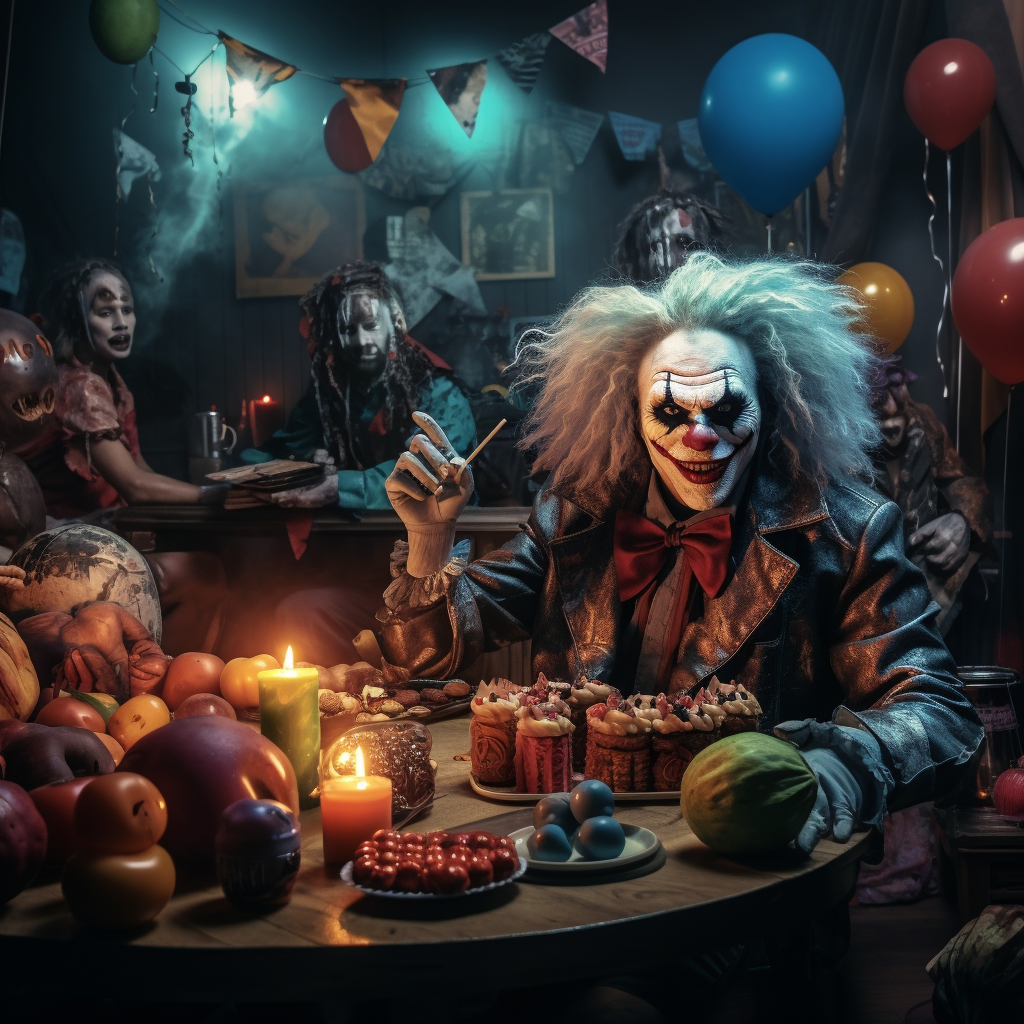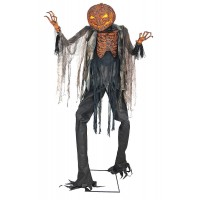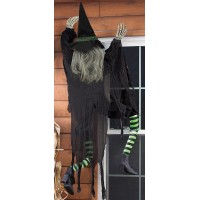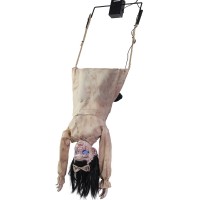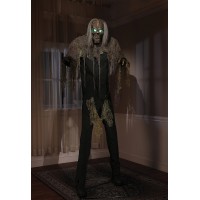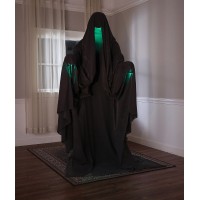Halloween – that magical time of year when the air grows crisp, the leaves crunch beneath your feet, and a mysterious energy seems to tingle in the breeze. But have you ever wondered where this bewitching tradition originated? It's like unearthing an ancient relic from the depths of time. So, grab your metaphorical shovel, because we're about to dig into the fascinating history of Halloween, unmasking its enigmatic origins and tracing its transformation through the ages.
Samhain: Where Halloween Began
Delving into the roots of the Halloween tradition, we find ourselves transported back thousands of years to the heart of the Celtic New Year's festival known as Samhain (pronounced 'Soo-when', 'So-ween', or 'Saw-wen'). The very name carries a sense of transition, signifying the culmination of summer's warmth and the embrace of winter's chill. Amidst the changing seasons, the Celts believed in a unique phenomenon—a thinning of the veil separating the living realm from the domain of the dead. This allowed for an extraordinary interaction between the living and the dead.
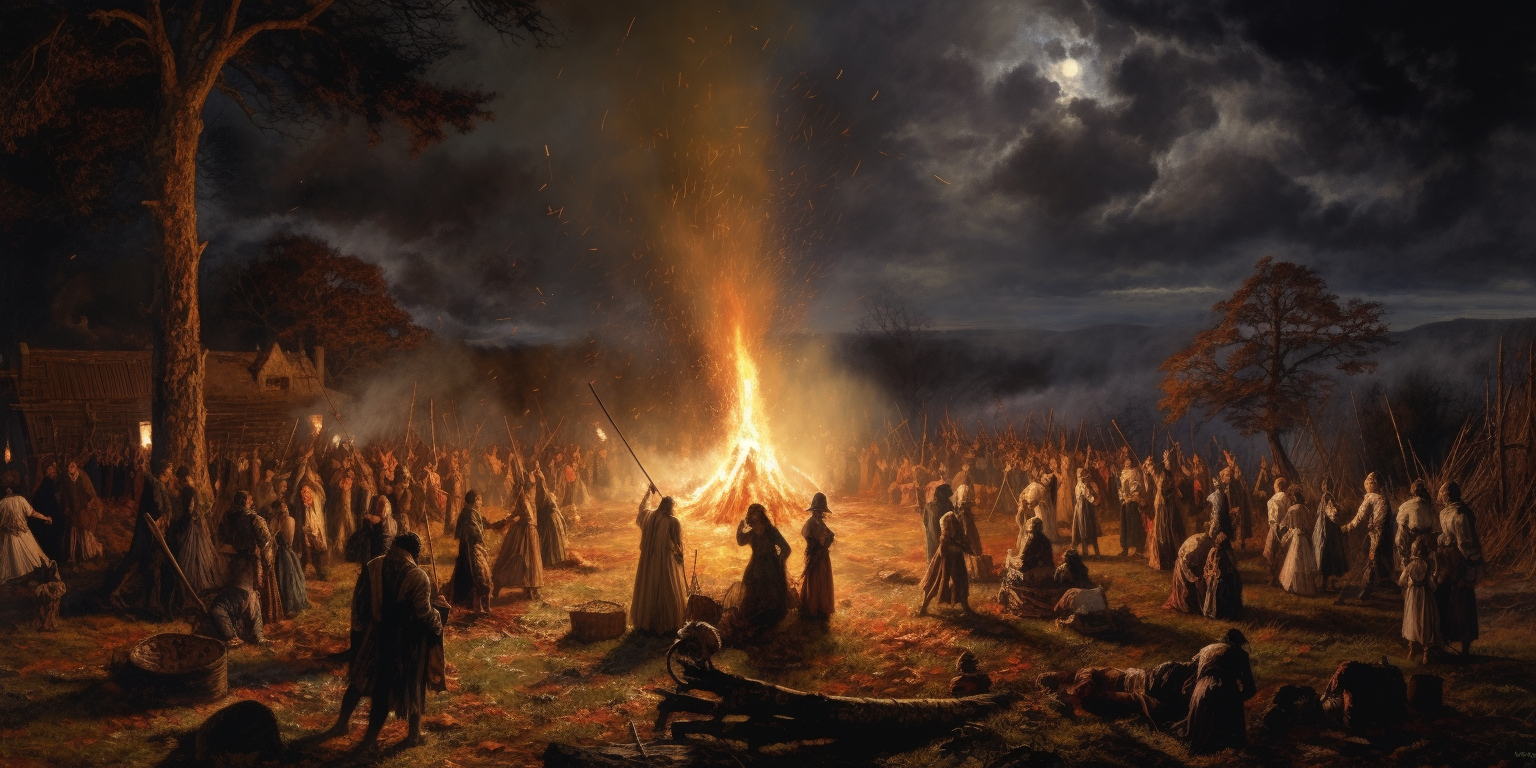
During Samhain, the line between the worlds blurred, allowing the departed spirits to revisit the land of the living. An especially poignant aspect of this tradition involved those who had recently passed, yet found themselves lingering in the mortal realm for various reasons. These ethereal souls had the opportunity to engage with the living once again, bidding their farewells and fostering a connection that spanned beyond the boundaries of life and death.
A Seasonal Tradition: Preparing for Winter
Winters in ancient Europe were harsh with snow and ice blanketing the Earth for months. The ancient customs of Samhain included meticulous preparations for the impending winter months. As the harvest season concluded and the chill of winter approached, communities engaged in essential activities to ensure their survival through the colder times. Stockpiling supplies for the winter ahead was a pivotal task, as was the act of slaughtering cattle, both practical measures to guarantee sustenance and warmth during the season of scarcity.
Igniting Bone Fires: The Ritual of Bonfires
Central to the Samhain observance was the evocative tradition of igniting bonfires, initially referred to as "banefires" or "bone fires" (bane is the old word for bone). They would burn the bones of the slaughtered animals, hence the name.
These roaring flames held a profound significance—both a source of warmth against the encroaching cold and a beacon that invited otherworldly energies to join in the earthly festivities. The crackling of the bonfires was accompanied by lively feasting and merry-making, all set against the backdrop of the "thin time" when the boundaries between the living and the departed seemed to blur.
A Feast for Departed Souls: Nourishing the Beyond
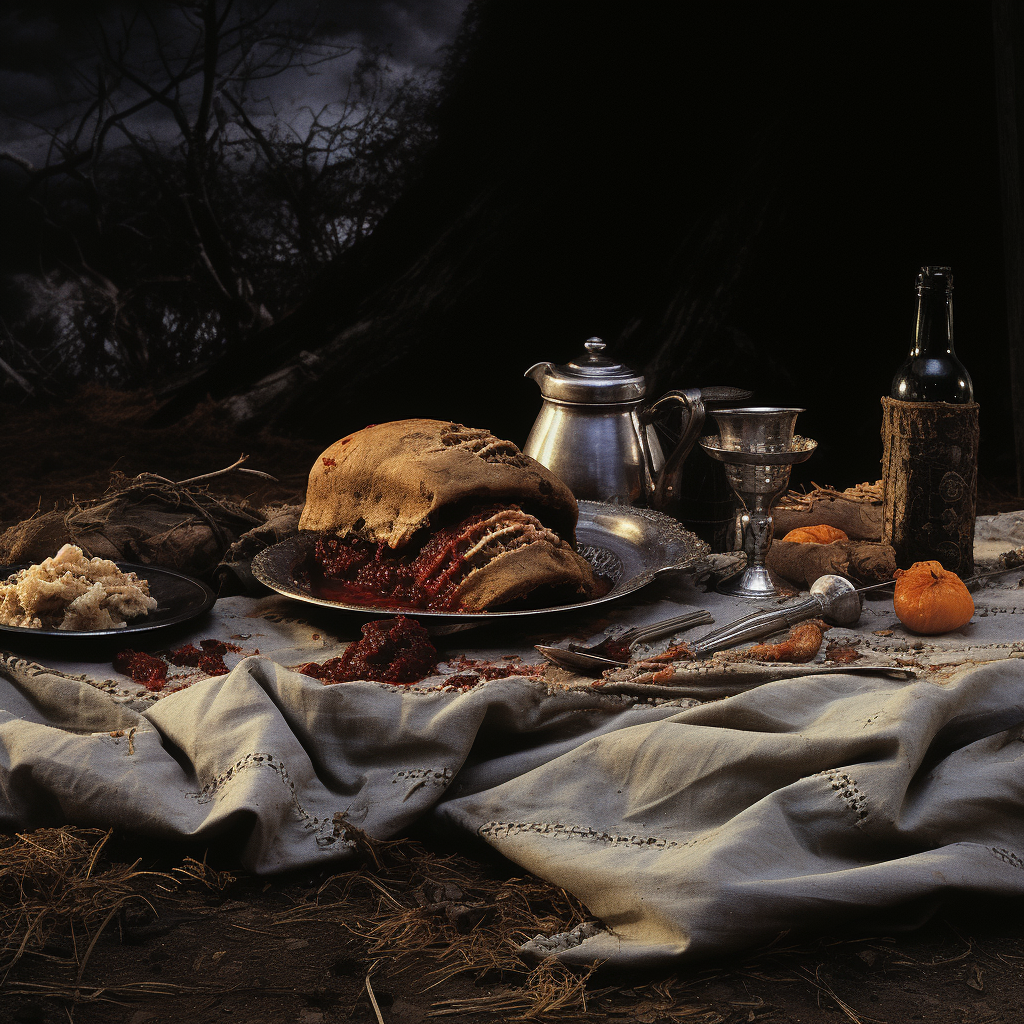
An intriguing practice originating with Samhain involves the setting out of favorite foods for the departed souls. This tradition, possibly dating back as far as 2,000 years, epitomized a heartfelt gesture of remembrance and connection. This practice has been adopted by
modern pagans. Yet, Samhain was a time when more than just human spirits roamed the earth. The realm of the supernatural beckoned, with
elves, fairies, sprites, and even mysterious dark energies mingling among the living.
Facing the Unseen: Spirits of Redemption
Within the tapestry of Samhain's legacy, another facet emerges—one of redemption and resolution. The belief that spirits, including those wronged in life, could manifest during this time led to ingenious practices. To ward off the attention of these unseen visitors, people turned to a practice known as "
guising," whereby their faces were darkened with ashes from the bonfires. Over time, this evolved into the captivating tradition of
wearing masks. Recognizing and interacting with departed loved ones became a moment of bittersweet reunion, while simultaneously avoiding the clutches of darker, more malevolent forces.
Trick or Treat Ancient Style
Imagine walking through the ancient streets, the night illuminated by flickering flames and the stars above. The air is alive with a sense of mystery and possibility. This is where the seeds of "trick or treat" were sown, though with a slightly different flavor. Instead of candy, the Celts offered soul cakes to roaming spirits in exchange for their goodwill and blessings. It's a far cry from the modern-day candy haul, but the essence of sharing and community spirit remains.
All Hallows' Eve: Bridging the Ancient and the Divine
Amidst the tapestry of history, we stumble upon the enigmatic origins of All Hallows' Eve, a moment when the threads of the past and the sacred interweave in mysterious unity. The very genesis of these rituals, their inception shrouded in the mists of time, was perhaps laid down well before Christianity's arrival on the verdant shores of Ireland in the 5th century.
Igniting Tradition: Beacon of Tlachtga
In the heartland of County Meath, the hill known as Tlachtga's sacred abode beckoned. With the arrival of the 31st of October, a mesmerizing dance of fire unfolded. From the heights of Tlachtga, a bonfire's flicker whispered across the land, marking the commencement of Samhain's grand celebration. This beckoning fire found its spirited reply in the blazing inferno of the Hill of Tara, an ancient Neolithic site that bore witness to time's passage for over two millennia. Archaeological revelations from University College Dublin have unveiled the earthworks of this enigmatic landscape, tracing their origins back to the year 200 CE. Yet, this is but the latest chapter in a saga spanning over 2,000 years, where ceremonial fires once illuminated the night.
Tlachtga: Druidess of Legacy
The very name of Tlachtga reverberates through the annals of antiquity. Daughter of the illustrious druid Mug Ruith, she embarked on a journey of enlightenment that spanned the globe. Legends whispered of her tragic encounter with the sons of Simon Magus, a biblical figure of infamy known for his clash with St. Peter. Tlachtga bore witness to a transformative moment upon the hill that now bears her name, bringing forth triplets into a world forever shaped by her connection to both the pagan and the divine. The intertwining of biblical villainy within her narrative casts her tale within the embrace of Christianity's touch, aligning her with the legacy of St. Peter himself.
Christian Veil: Legends Reimagined
As Christianity's influence grew, so did its endeavor to intertwine with the ancient threads of Celtic lore. The transition was profound—a dance of narratives and symbols merged and changed, sometimes with their original meanings lost. The story of Tlachtga, like many others, was not untouched by this transformation. It is believed that the tale was reimagined in the light of Christian values after the arrival of St. Patrick in Ireland. The legacy of Tlachtga found new hues as her connection with the sons of Simon Magus was interwoven into her tale, a narrative enhanced by the brushstrokes of a faith seeking to harmonize with its predecessors.
Christianizing the Veil: All Hallows' Eve Emerges
The cadence of Christianization echoed across time, as the Church sought to weave its tapestry of faith over the foundations of pagan tradition. In the 7th century, Pope Boniface IV cast his gaze upon
the Pantheon of Rome, that grand edifice of paganism, transforming it into a bastion of Christian worship.
This monumental gesture culminated in the establishment of All Saint's Day on 13 May—a day dedicated to those saints who found no feast of their own. However, it was Pope Gregory III who wove the threads of time further, relocating the feast to the 1st of November. The reasons behind this shift remain a matter of conjecture, yet one narrative persists—a conscious effort to Christianize the fabric of Samhain, birthing the luminous entity we now know as All Hallows' Eve. The name "Halloween" itself is derived from "All Hallows' Eve," as it falls on the eve of this significant day in the Christian calendar. This poignant transformation echoed the Church's age-old practice of "redeeming" pagan practices, guiding them toward a harmonious coexistence with the burgeoning faith.
Echoes of Lemuria: Ancestral Whispers
Before the dawn of Christianization, 13 May held a different mantle—the closing of the Roman festival known as Lemuria. A sacred time of appeasing the restless spirits of the departed, Lemuria had roots in earlier observances such as Parentalia and Feralia. The former, held from 13th to 21st February, honored the ancestral spirits, while the latter, observed on 21st February, was a poignant tribute to lost loved ones. Feralia bore a solemn mandate—the living were to converge upon the graves of the departed, bestowing upon them gifts of sustenance and remembrance. Grains, salt, bread immersed in wine's embrace, and wreaths adorned with violet petals were offered—a tapestry of devotion woven across the thresholds of life and death.
Weaving Tales: The Whimsical Journey of Traditions
Just like how Parentalia, Feralia, and Lemuria left their marks, Samhain too had its moment in the spotlight, influenced by the winds of change. Once, it was a festival resonating with the echoes of those who'd ventured beyond the mortal realm, celebrating the earth's transformation and the year's twist—a symphony of communal merriment. But then, Christianity sauntered in, sparking a metamorphosis. Out of the cocoon emerged All Hallows' Eve—a night of vigil, prayer, and fasting. A warm-up act for the day that would see saints bedecked in honor, a celebration less boisterous but carrying deeper ripples.
A Flame That Refuses to Die: Illuminating the Path
But traditions have a knack for sticking around like cherished old friends. Bonfires roared once again, their flames now licking the sky in tribute to Christian heroes. The rhythm of seasons continued, this time harmonizing with Christ's radiance. As time swayed its pendulum, it carried forth rituals that wrapped themselves in the enigma of the unknown. Fast forward to the 16th century, and there it was—“souling”—an act that etched itself into the very fabric of the season. Imagine this: town and city folks, knocking on doors, seeking soul-cakes, these edible emissaries exchanging prayers for sustenance.
This soulful practice had deep roots in the notion of purgatory, a realm of cleansing fire where souls yearned for liberation through prayers and coins tossed into the Church's coffers. Then came the days of Reformation, adding new notes to the melody. In Britain, the tradition of "souling" lived on, but with a twist—Protestant youth offered up prayers for households and loved ones, leaving behind the old tune of souls in purgatory. On the flip side, the steadfast Catholics clung to their ancestral path, their steps unwavering.
Enter Guy Fawkes: A Spark in the Darkness
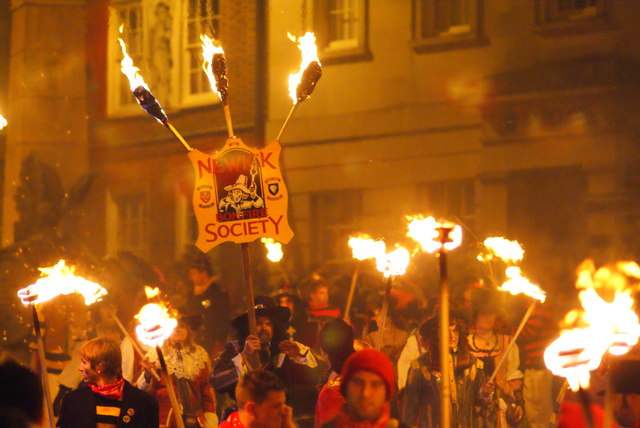
Now, move to the year 1605. This was the year of the Gunpowder Plot, where a bunch of defiant Catholics hatched a plot to oust the Protestant King James I of Britain. Among them was
Guy Fawkes, caught red-handed beneath the House of Lords, carrying a payload of explosives and bad intentions. His name—Guy Fawkes—etched itself in history, synonymous with a plot gone awry.
Amidst this intricate narrative, a new holiday was born: Guy Fawkes Day. The Protestants of Britain hailed it as a victory over "popery." On November 5th, anti-Catholic sermons reverberated, while the Catholic homes and businesses bore the brunt of vandalism. But beneath the official storyline, this day was a nod to divine grace sparing the king. Fires blazed, effigies swung—a certain Pope often graced the gallows—while people reveled, feasted, and set off fireworks. And in the midst of this whirlwind, the young and the less fortunate embarked on their own adventures, faces masked, a cart carrying an effigy of Guy Fawkes—an emblem of plea and playful menace, a pitch for treats or coins, and a wink-wink threat of chaos if denied.
Coming to America
So, here's where things take a transatlantic twist—when the Brits decided to pack up their traditions and cross the ocean. As they set sail for North America, they carried a chest full of these time-honored customs in tow. The hearty Puritans of New England were quite the bunch—marching to the beat of their own drum, refusing to join the holiday bandwagon if it had even a whiff of pagan flair. They gave Christmas and Easter the cold shoulder. Instead, they clung tight to Guy Fawkes Day, celebrated every 5th of November with gusto. To them, it wasn't just a holiday; it was a badge of honor that whispered, "Look, we're standing tall on the moral high ground!"
The Guy Fawkes fever danced across the days, keeping spirits high—until the stars and stripes of the American Revolution unfurled in the sky, setting the stage for a new chapter in the saga, between 1775 and 1783.
A Dash of Irish Flavor: Samhain Crosses the Sea
Now, let's flash forward a bit—less than a century later. The year is somewhere in the 1800s, and a massive wave of Irish folks decided to try out the American dream. But as history often goes, not every journey is all sunshine and rainbows. Between 1845 and 1849, the infamous potato famine struck Ireland, pushing many Irish souls to make a fresh start on American shores.
These newcomers weren't just carrying their luggage; they brought a whole suitcase of traditions along for the ride. Being mostly Catholic, they held tight to their rituals, like All Hallows' Eve, All Saints' Day, and All Souls' Day. Ah, and remember the "souling" we talked about earlier? Yep, they brought that too. But here's the fun part—their customs got a sprinkle of American flair. Imagine carving out those jack-o'-lanterns with a hint of Irish mischief. The land across the sea was a melting pot, and these Irish flavors added a zing to the festivities.
From Turnips to Pumpkins: The Evolution of Jack-o'-Lanterns
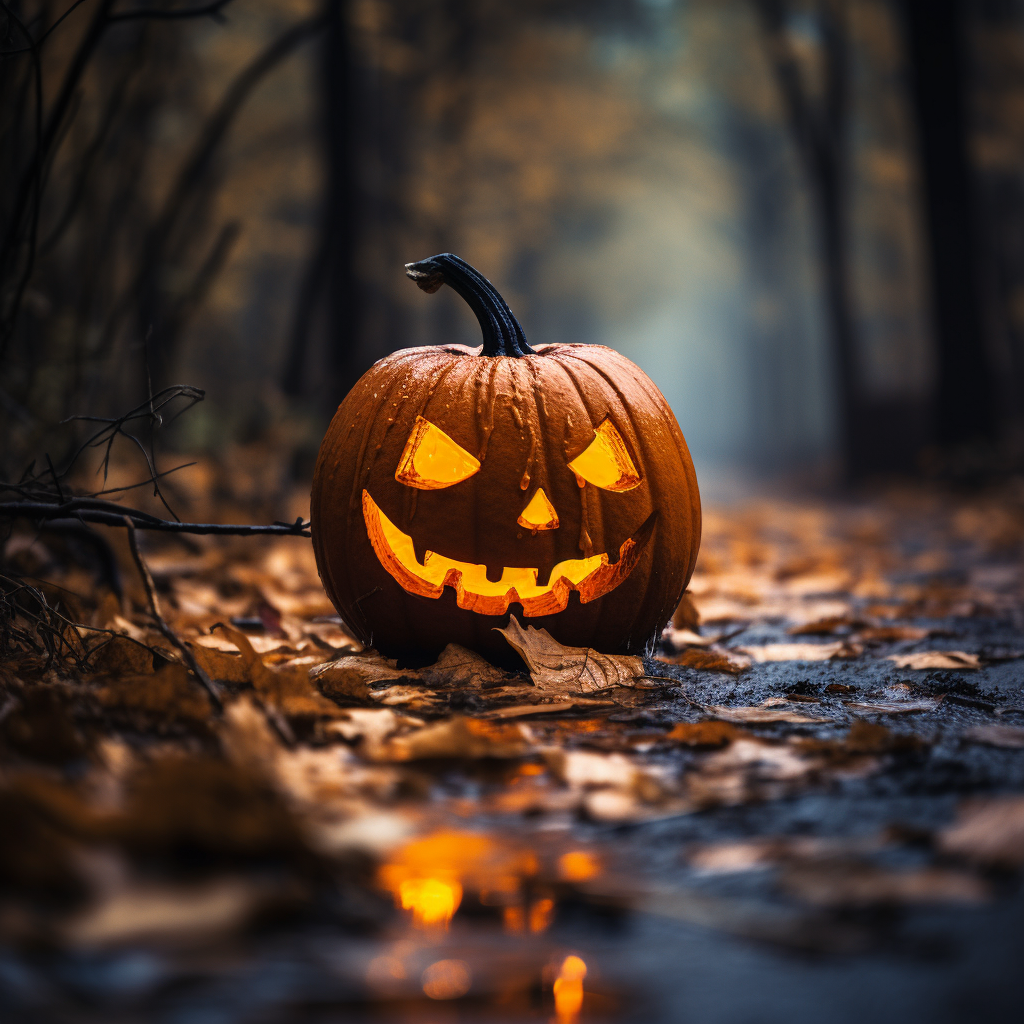
Now, let's talk about those iconic
jack-o'-lanterns. Imagine a world illuminated by eerie turnip lanterns, casting eerie shadows on the night. The tradition of carving vegetables began with the legend of Stingy Jack, a trickster who managed to outsmart the devil not once, but twice. His lantern was a turnip with a fiery ember from hell, illuminating his eternal quest for redemption.
As the tradition traveled across the Atlantic to North America, it met the pumpkin, a much larger and more accommodating canvas for artistic expression. And thus, the modern jack-o'-lantern was born, glowing with an otherworldly light that continues to captivate the imagination.
Laying the Groundwork: Halloween's Building Blocks
So, the stage was set—Halloween's essentials were falling into place. People were taking to the streets, knocking on doors for those coveted sweet treats disguised as soul cakes, their
jack-o'-lanterns illuminating the night.
Now, imagine the Irish immigrants arriving in the US. They had a little lantern swap—a turnip for a pumpkin. Why? Well, carving a pumpkin was way easier, and let's face it, more satisfying. Guy Fawkes Day had bid farewell to the US, but its influences lingered, blending with Catholic holidays in October. The result? Vandalism which came to be known as "mischief night". No one was safe from the Halloween havoc around October 31st.
Enter Elizabeth Krebs: A Halloween Pioneer
In a little village named Hiawatha, Kansas, back in 1912, a lady named Elizabeth Krebs had a bone to pick with Halloween's hooligans. Every year, her garden and the whole town turned into a chaotic canvas for mask-wearing marauders. Elizabeth had an idea—organize a party to tire out the troublemakers. In 1913, she put her plan into action, hoping the youths would be too pooped for mischief. Unfortunately, her assumption missed the mark, and vandalism still reigned. Undeterred, Elizabeth upped her game in 1914. The whole town got involved. A band played,
Halloween costumes dazzled, a parade marched on, and guess what? It worked! Halloween transformed from destructive to delightful.
Spreading the Spirit: The Evolution of Halloween
Mrs. Krebs might not be the true "mother of modern Halloween," but she certainly added a splash to the cauldron. Going door-to-door for treats wasn't her creation, but she revolutionized how Halloween was celebrated in the US. The Halloween Frolic of Hiawatha turned into an annual shindig and inspired similar bashes elsewhere. Yet, this
Halloween party concept didn't become a nationwide rage. In the 1920s, "mischief night" became a thorn in everyone's side, causing a ruckus not only in the US but in Canada too. The shift from property destruction on October 31st to candy-seeking escapades remains a tad fuzzy. However, by 1927, the concept was already brewing in Canada, where kids were knocking on doors for treats in return for neighborhood peace—a phrase you might know: "
trick or treat."
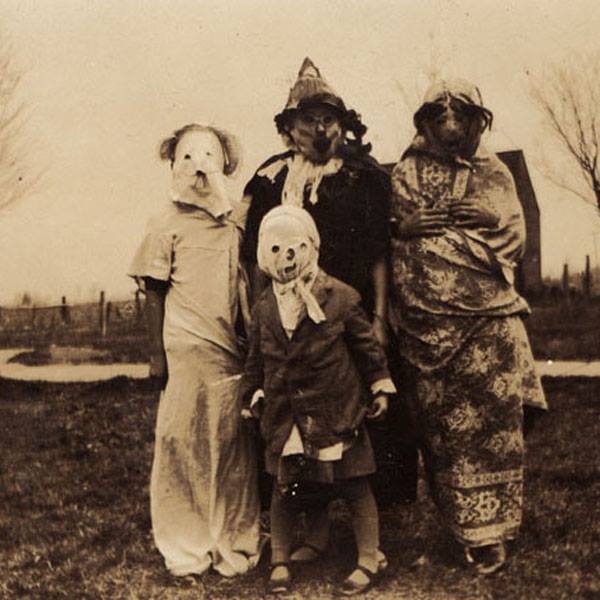
This rhythm continued in North America through the 1930s, took a breather during World War II due to sugar rationing, and re-emerged in the late 1940s. Then, welcome to the 1950s—
Halloween, as we know it today, began to flourish. And guess what? It's not just a North American affair anymore. This tradition sprinkled its magic worldwide, sticking to its fundamental recipe.
Today, Halloween doesn't cozy up to any particular tradition or religion. It's a secular community fiesta, mainly for the young, a goldmine for candy sellers,
decoration vendors, and the entertainment industry, churning out films, TV specials, and books infused with the eerie and the unexplained.
Halloween: A Symphony of Transformation
At its heart, Halloween is a
celebration of transformation. Just as the Celts believed the seasons shifted, souls wandered, and the living could become spirits for a night, we continue to embrace the magic of metamorphosis.
Halloween costumes let us slip into new identities – perhaps becoming
heroes, villains, or creatures of the night. It's a theatrical spectacle that harks back to ancient rituals and allows us to explore the shadows of our own psyche.
While Halloween has deep roots in Celtic and Christian traditions, its customs and celebrations have taken on diverse forms around the world. In Ireland, where the Celtic traditions originated, Halloween is still celebrated with bonfires, storytelling, and traditional games. In Mexico, the vibrant Día de los Muertos (Day of the Dead) pays homage to deceased loved ones through elaborate altars and colorful parades. In the United States, Halloween has become a time for
costume parties, trick-or-treating, and
creative displays of spooky decorations.
From bobbing for apples to carving pumpkins, Halloween traditions vary from region to region, each infused with its own unique cultural significance. In Scotland, for instance, the ancient practice of "guising" involves dressing in disguise and going door to door to perform songs, poems, or tricks in exchange for treats. In Japan, Halloween has gained popularity in recent years, with costume parties and themed events embraced by both children and adults.
So, as you embrace the chill of the October air and prepare for the festivities, remember that Halloween isn't just a holiday – it's a journey through time. With every costume, every pumpkin carving, and every trick-or-treat excursion, you're carrying on a legacy that stretches back through the ages, connecting you to the ancient Celts who first ignited this mesmerizing tradition.
Let the magic of Halloween sweep you away on a whirlwind of transformation, just as it has for generations. And who knows, as you wander the moonlit streets, you might catch a glimpse of a long-lost soul, crossing over from the past to share in the joy of this ancient, timeless celebration. Happy Halloween!

 An intriguing practice originating with Samhain involves the setting out of favorite foods for the departed souls. This tradition, possibly dating back as far as 2,000 years, epitomized a heartfelt gesture of remembrance and connection. This practice has been adopted by modern pagans. Yet, Samhain was a time when more than just human spirits roamed the earth. The realm of the supernatural beckoned, with elves, fairies, sprites, and even mysterious dark energies mingling among the living.
An intriguing practice originating with Samhain involves the setting out of favorite foods for the departed souls. This tradition, possibly dating back as far as 2,000 years, epitomized a heartfelt gesture of remembrance and connection. This practice has been adopted by modern pagans. Yet, Samhain was a time when more than just human spirits roamed the earth. The realm of the supernatural beckoned, with elves, fairies, sprites, and even mysterious dark energies mingling among the living. Now, move to the year 1605. This was the year of the Gunpowder Plot, where a bunch of defiant Catholics hatched a plot to oust the Protestant King James I of Britain. Among them was Guy Fawkes, caught red-handed beneath the House of Lords, carrying a payload of explosives and bad intentions. His name—Guy Fawkes—etched itself in history, synonymous with a plot gone awry.
Now, move to the year 1605. This was the year of the Gunpowder Plot, where a bunch of defiant Catholics hatched a plot to oust the Protestant King James I of Britain. Among them was Guy Fawkes, caught red-handed beneath the House of Lords, carrying a payload of explosives and bad intentions. His name—Guy Fawkes—etched itself in history, synonymous with a plot gone awry. Now, let's talk about those iconic jack-o'-lanterns. Imagine a world illuminated by eerie turnip lanterns, casting eerie shadows on the night. The tradition of carving vegetables began with the legend of Stingy Jack, a trickster who managed to outsmart the devil not once, but twice. His lantern was a turnip with a fiery ember from hell, illuminating his eternal quest for redemption.
Now, let's talk about those iconic jack-o'-lanterns. Imagine a world illuminated by eerie turnip lanterns, casting eerie shadows on the night. The tradition of carving vegetables began with the legend of Stingy Jack, a trickster who managed to outsmart the devil not once, but twice. His lantern was a turnip with a fiery ember from hell, illuminating his eternal quest for redemption. This rhythm continued in North America through the 1930s, took a breather during World War II due to sugar rationing, and re-emerged in the late 1940s. Then, welcome to the 1950s—Halloween, as we know it today, began to flourish. And guess what? It's not just a North American affair anymore. This tradition sprinkled its magic worldwide, sticking to its fundamental recipe.
This rhythm continued in North America through the 1930s, took a breather during World War II due to sugar rationing, and re-emerged in the late 1940s. Then, welcome to the 1950s—Halloween, as we know it today, began to flourish. And guess what? It's not just a North American affair anymore. This tradition sprinkled its magic worldwide, sticking to its fundamental recipe. 




